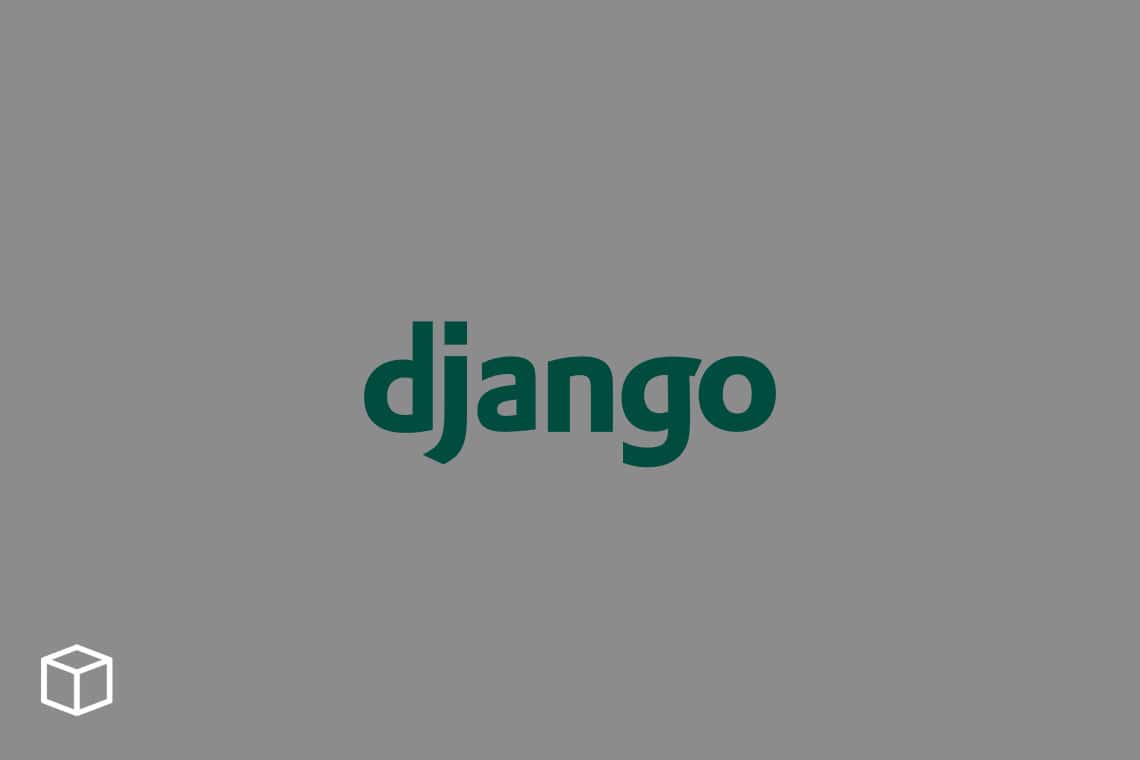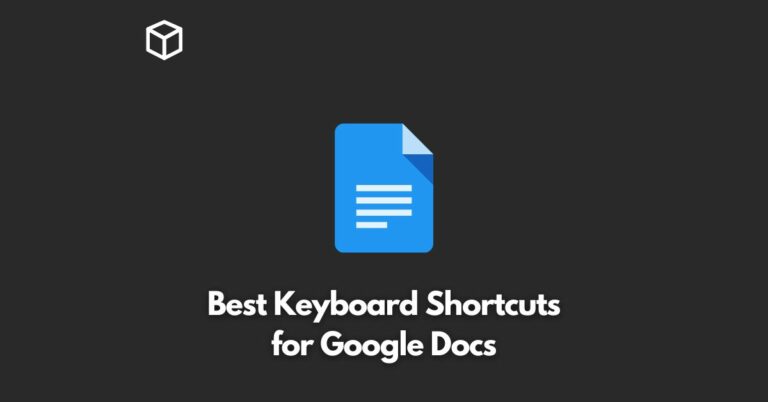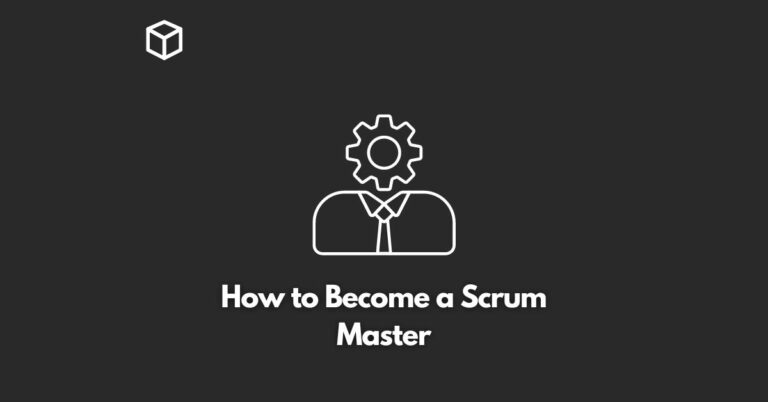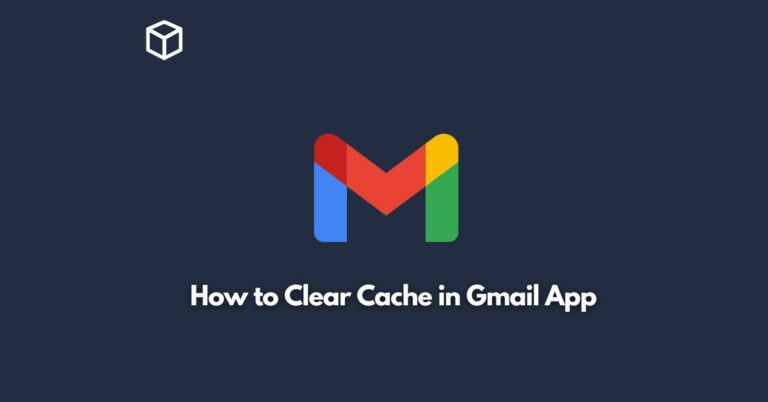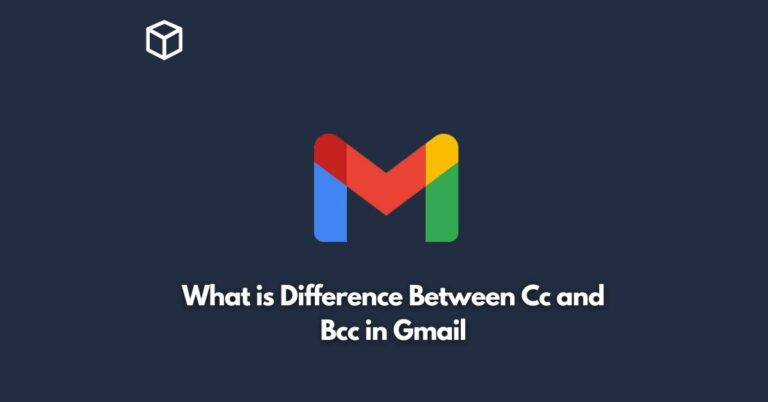Django is a high-level Python Web framework that encourages rapid development and clean, pragmatic design.
In this article, we will look at Django in detail and will try to answer all your questions with regards to this most popular Python Web framework.
Let’s start.
What is Django
Django is a free and open-source web application framework written in Python.
It is maintained by the Django Software Foundation, a non-profit organization started as part of the Python Software Foundation.
Its primary goal is to ease the creation of complex, database-driven websites that don’t require manual coding.
Django was originally developed in the Lawrence Journal-World newspaper offices in 2004 by Adrian Holovaty and Simon Willison.
They wanted to implement a news site with both news articles and associated photographs, while avoiding repetition of content such as captions and photo descriptions.
The framework they developed allowed the News section of the paper’s website to be changed by non-technical staff and editors.
Django’s primary goal is to allow rapid development of database-driven web sites. Django emphasizes reusability and “pluggability” of components, rapid development, and the principle of don’t repeat yourself (DRY).
It allows developers to use HTML or other templating languages to specify the structure of a document, rather than programming each page directly.
It automatically sends an HTTP cookie with every response. The development philosophy is summarized as “Batteries included but swappable.”
Django also provides much support for serving static files, including transparent caching within the web server, file access via HTTP, and even automatic selection of the appropriate type of compression to use for a specific file.
Standardized ways of connecting to different types of databases are provided, including support for popular relational database systems such as MySQL, PostgreSQL, SQLite, Oracle Database and Microsoft SQL Server.
Internal checks ensure that data meets the requirements of the original application programming interface (API).
Django uses PostgreSQL as its “default” database. While the Python language supports almost any database that can be used with Python’s standard DB-API, Django’s use of the high-level abstractions defined by the model/view/controller (MVC) pattern requires a database with certain features. Django supports all major databases.
Django also provides optional integration with various JavaScript libraries such as jQuery and Bootstrap, which allows the developer to easily apply a theme or create a custom template.
There are a range of user interface elements called “widgets” that provide additional functionality, from sliders and tabs to accordion panels and Flash messages.
Django also provides APIs for user authentication and authorization. The Django authentication system supports a number of common mechanisms, such as username and password login, and logins using external sites like Facebook and Twitter.
Django includes with its framework the ability to interact with Web-based forms created by users of the site and allows developers to follow standard practice in working with these forms.
Forms are key to the MVC model used by Django, allowing developers to use form processing in their views and create dynamic web pages on the fly.
Though written in Python, Django was designed specifically for Web development rather than scripting. It focuses on automating as much of the overhead work as possible without adding additional syntactic overhead.
For instance, Django automatically translates incoming requests into the format expected by models, passes them to the appropriate views and returns the resulting responses to the user or developer.
How to install Django?
You need to read this article to install Django – https://docs.djangoproject.com/en/3.2/topics/install/
What is Django used for?
Django is a web framework written in Python. It can be used to create web applications, but it’s also reusable for many different kinds of projects.
Django follows the MVC pattern and provides automatic admin functionality, making it very easy to create websites without having to write any SQL.
How to check Django version?
To see all the versions of installed modules, including Django, enter python -m django –version or pip freeze. The Python version supplied by the PYTHONPATH environment variable will be used by Django. In a shell, you may use echo $PYTHONPATH to find out which Python version will be used.
How to pronounce Django?
Django is pronounced JANG-oh.
What does Django mean?
The name Django is a Romani boy’s name that means “I awake.”
Django is named after Django Reinhardt, a jazz manouche guitarist who dominated the scene from the 1930s through the 1950s. He is still regarded as one of the greatest guitarists of all time.
What are the companies that use Django?
- Instagram.
- National Geographic.
- Mozilla.
- Spotify.
- Pinterest.
- Disqus.
- Bitbucket.
- Eventbrite.
Is Django backend or front end?
Django is a Python library that allows you to quickly and easily construct a high-quality Web application. It is suited for both frontend and backend development.
Is Django a stack?
Django is a Python-based full-stack web application framework that is free and open-source. Django is a set of ready-to-use components that allow you to quickly create websites with logical and clean structures.
Which is better for backend PHP or Django?
Django is a fantastic web application framework that includes support for cutting-edge technology such as machine learning. At the same time, PHP is a simple programming language that may assist in the development of strong online applications.
How to update Django?
Please check out this post – https://docs.djangoproject.com/en/3.2/howto/upgrade-version/
How to learn Django?
There are many ways to learn Django.
You can find an online tutorial program or class, or if you have a programming background you may be able to pick it up by reading the documentation and following the steps.
If you don’t have any experience but are still interested in learning how to build websites, there are plenty of online course available for beginners.
So that’s all about Django.
We will keep adding more useful points in this article in future.
See you next time!
You Might Also Like
- What is Google Sheets and How does it work?
- What is MATLAB and How does MATLAB works?
- What is HTML and How does HTML works?
- What is Dropbox and How does Dropbox work?
- What is Google Drive and How Does Google Drive work?
- Best Coding Apps for Beginners
- What is Web Development and How to Learn it
- What is Mobile Development and How to Learn it
- What is Proxy server and How does it work?
- What is Hadoop and How does Hadoop work?
